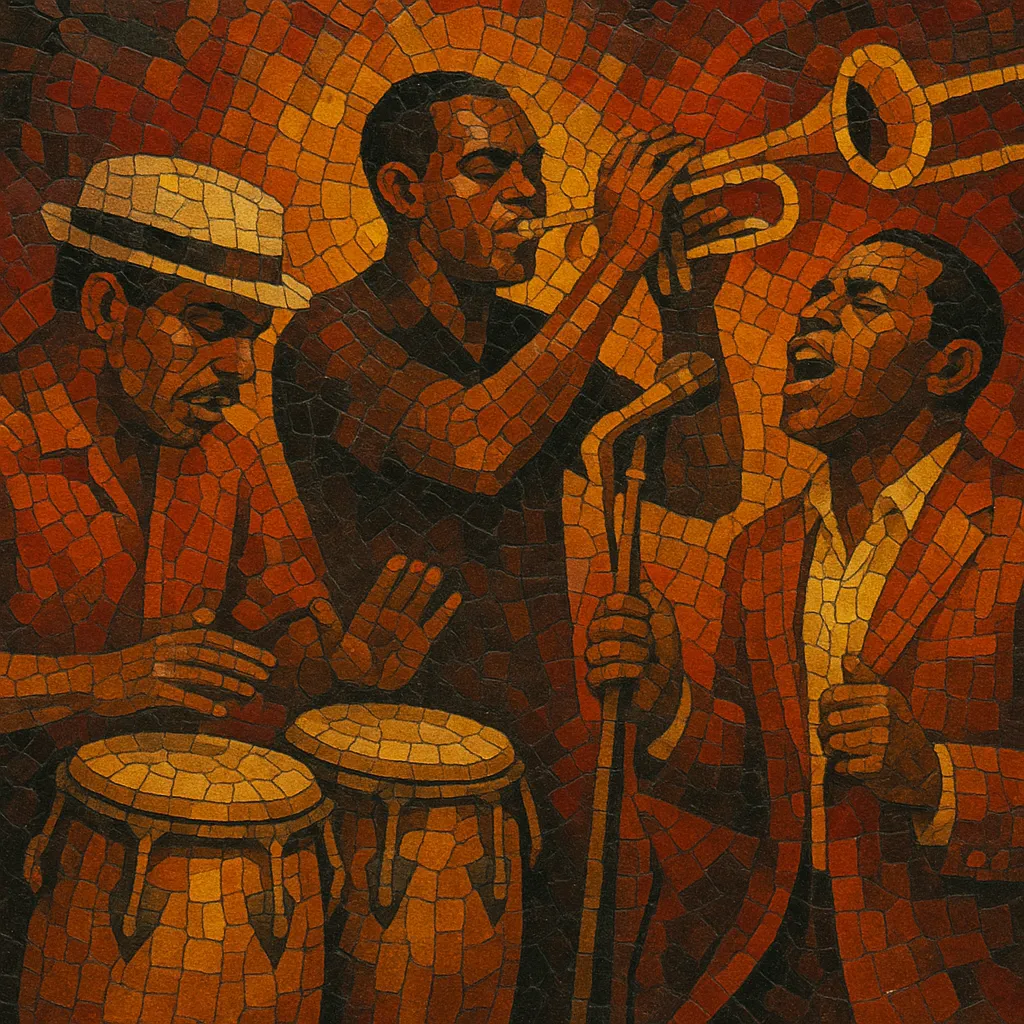
Salsa dura ("hard salsa") is a gritty, high-energy branch of salsa built for dancers and live band firepower rather than pop polish. It foregrounds intense rhythmic drive, brassy horn mambos, extended montuno vamps, and instrumental solos, keeping the spotlight on the groove.
Developed in New York City by Afro-Caribbean musicians, salsa dura draws directly from Cuban son and mambo, Puerto Rican bomba/plena, and Latin jazz jam traditions (descargas). Arrangements emphasize heavy trombone lines, call-and-response coros, and vigorous percussion that stays locked to the clave. Compared with later salsa romántica, salsa dura sounds tougher, faster, and more streetwise.
Salsa dura emerged in 1960s New York City’s Latino neighborhoods, where Puerto Rican, Cuban, and other Caribbean musicians fused Cuban son and mambo with the barrio energy of boogaloo and the improvisational spirit of Latin jazz descargas. Bands favored tougher, trombone-heavy orchestrations and raw, dancer-focused arrangements.
The 1970s were the style’s zenith. Fania Records and the Fania All-Stars codified the hard, brassy sound across iconic recordings and marathon concerts. Artists such as Willie Colón, Héctor Lavoe, Eddie Palmieri, Ray Barretto, and Larry Harlow elevated the form with sophisticated arranging, call-and-response coros, and blazing horn mambos. The music’s streetwise lyrics—often about barrio life and social realities—matched its percussive intensity on the dance floor.
In the 1980s, smoother, ballad-leaning salsa romántica rose to commercial prominence. Salsa dura persisted in clubs and among connoisseurs, prized for its live-band heat, instrumental solos, and dancer-driven structures. Bands in Puerto Rico, Venezuela, and beyond sustained the hard-edged approach even as radio trends softened.
The dura template directly informed later high-octane styles and inspired revivals worldwide, from Cali and Medellín to Tokyo and across Europe. Cuban timba’s muscular rhythm sections and aggressive horn moñas echo dura’s priorities, while contemporary salsa orchestras continue to craft arrangements that honor the 1970s blueprint.

